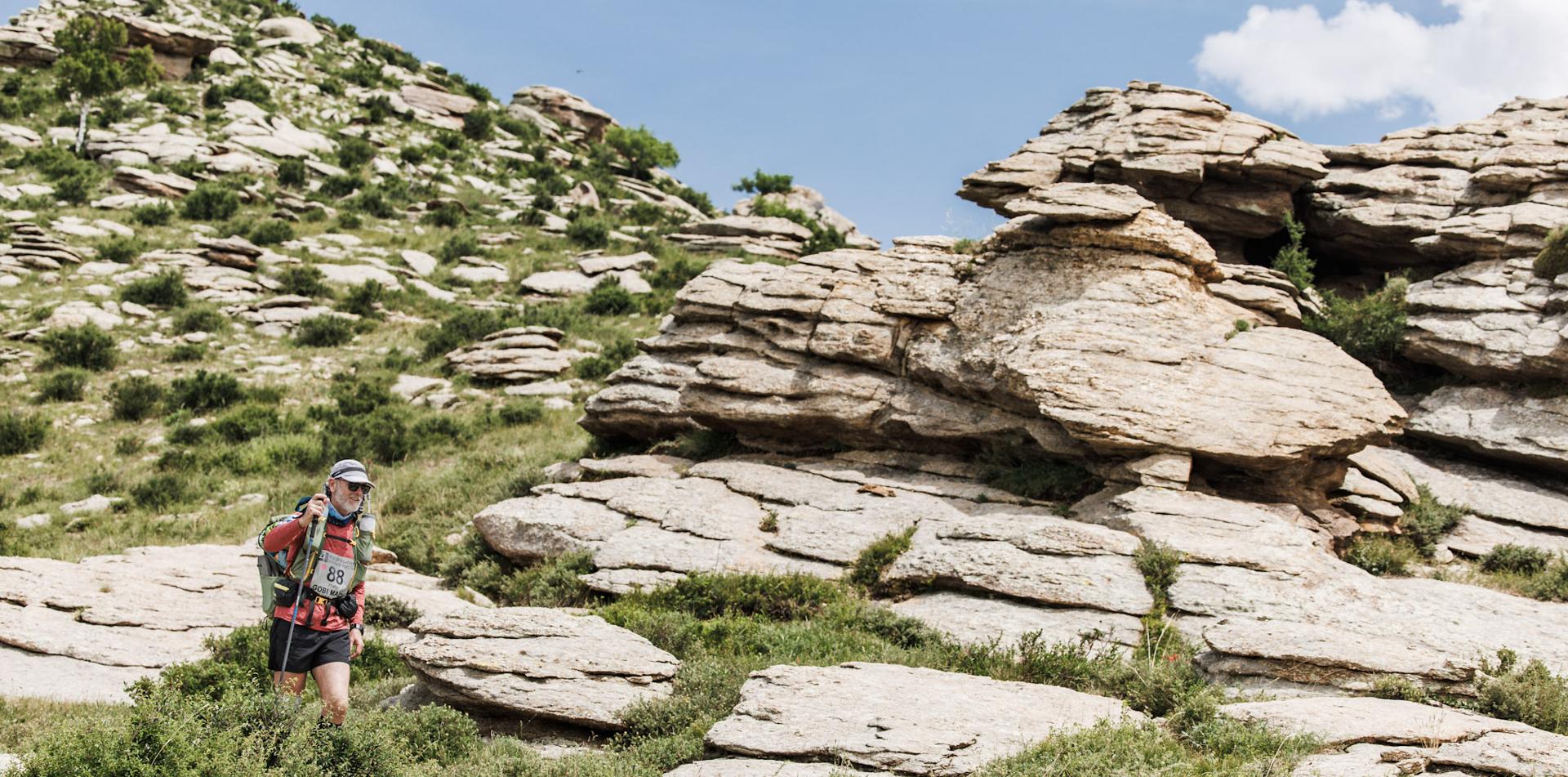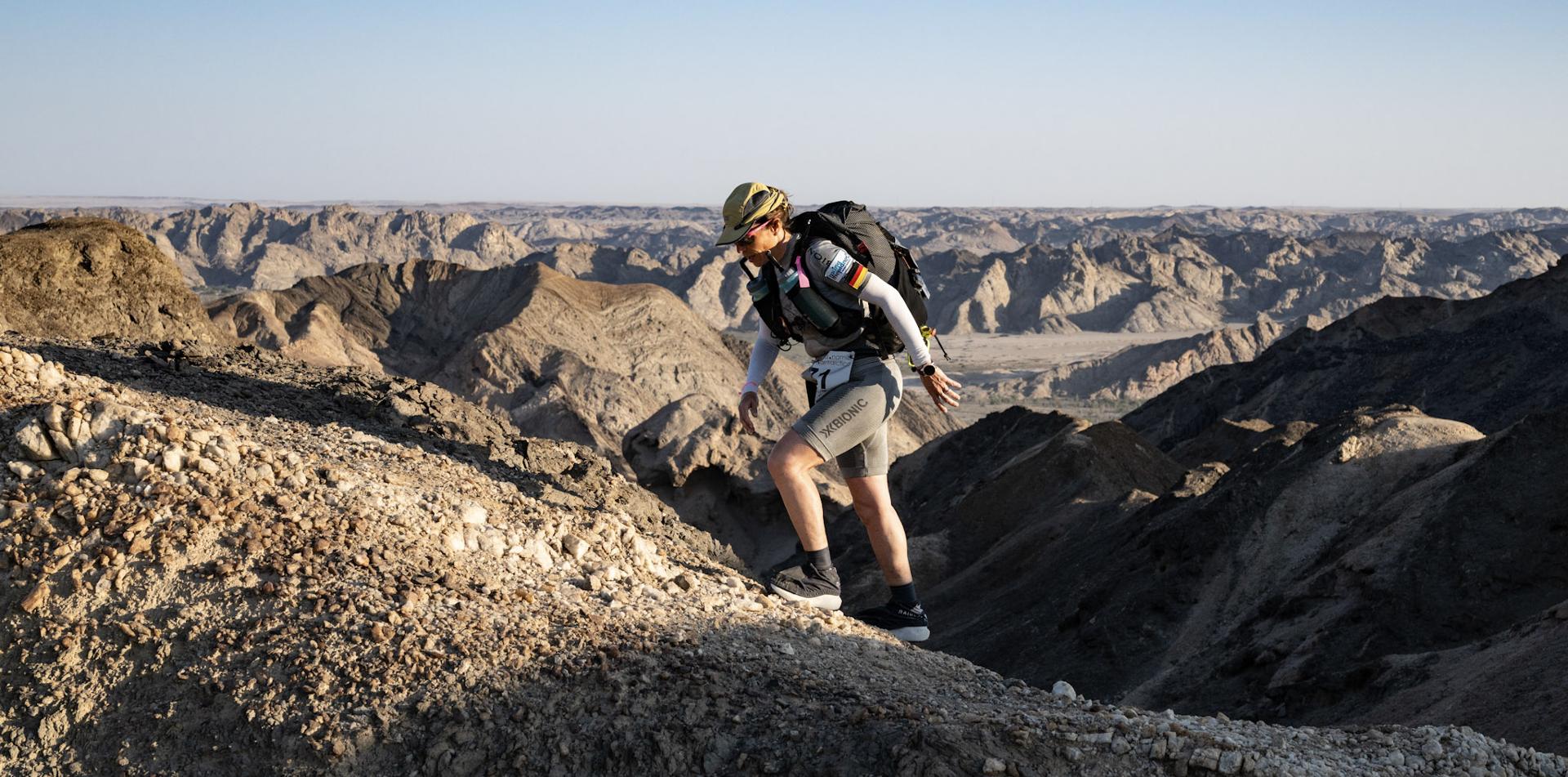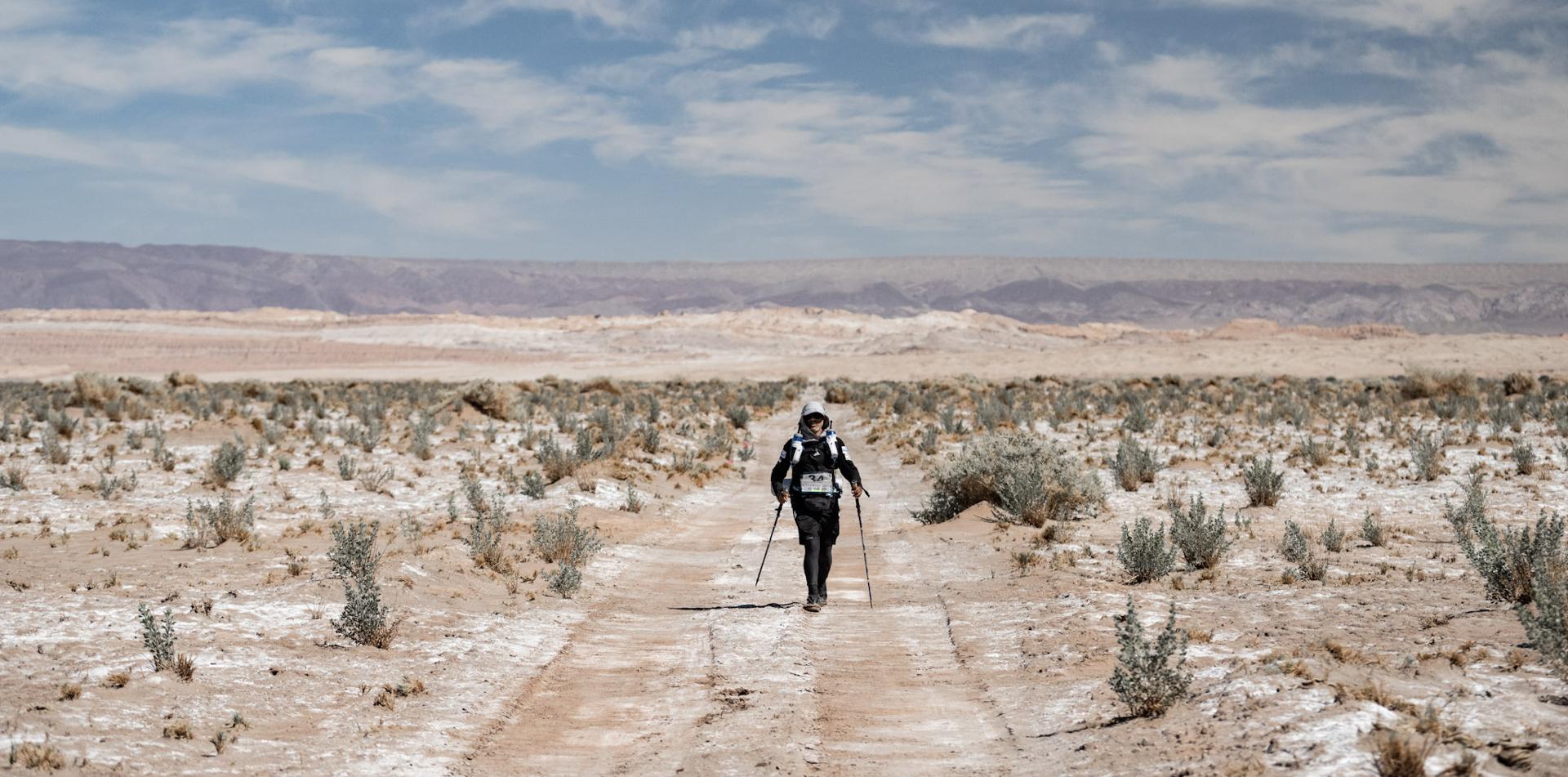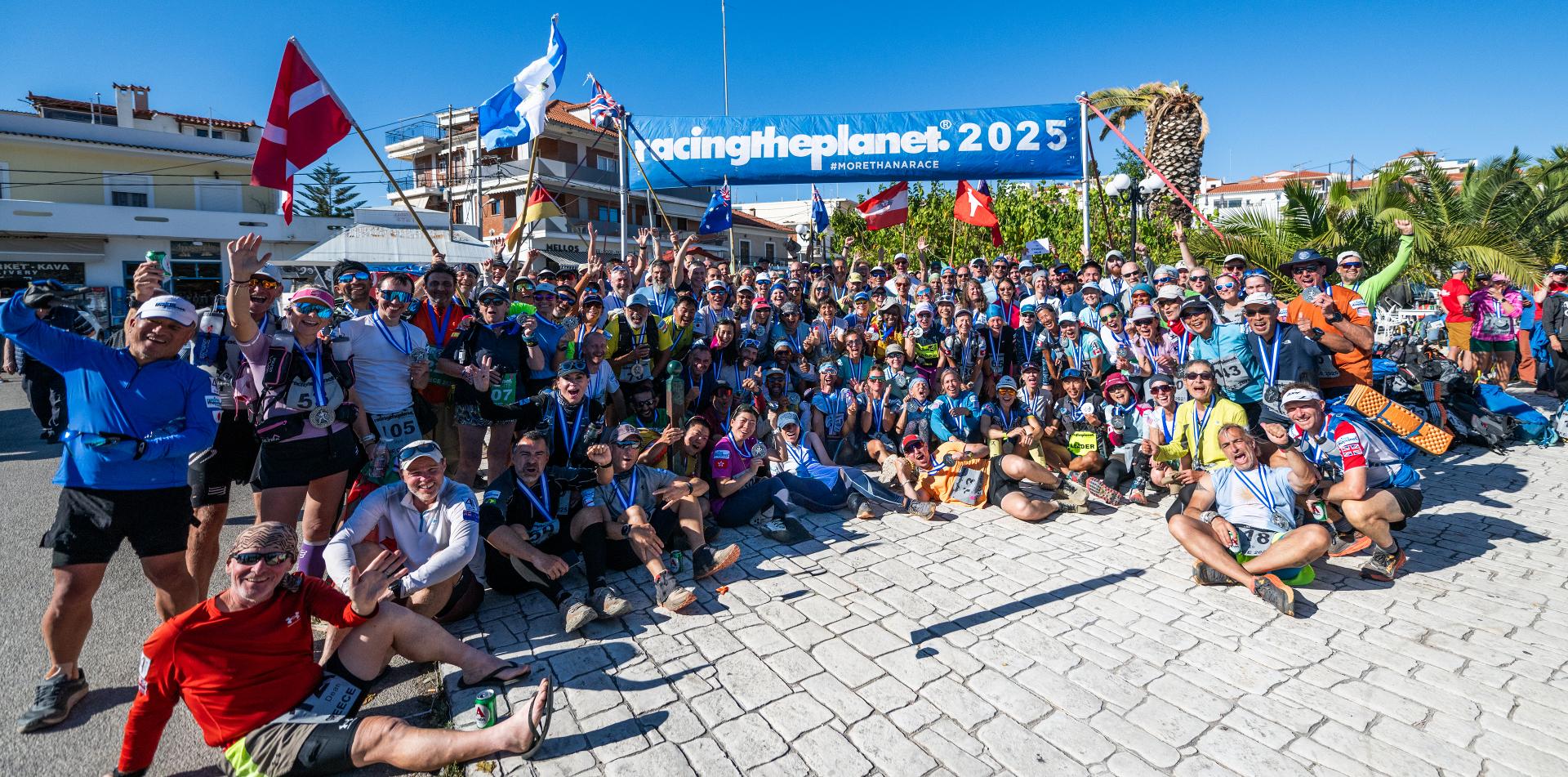The Importance Of Big Toes For Running
Pruning roses is a good way to relax and spend an afternoon. It is a cathartic exercise, full of fresh air in a natural environment. All that healing, positive ionic energy is healthy.
During just such a session, I unwittingly stepped on one of those pruned thorny branches. The sharp organic barbed hook went right through the sole of my shoe and penetrated the first metatarsal joint, piercing one of the 9 ligaments that bind the big toe joint. The painful prick was very short, sharp and sweet. I had no thoughts of any after effects whatsoever.
Two hours later the swelling began. The endorphins had worn off and the pressure from the edema and lymphatic overflow stopped me entirely from using that joint to push off with. I was stuck with no big toe to flex and extend with. As I was in the middle of the wilds of the Philippines and it was a weekend, I had nothing else to do but elevate the foot and ice the toe to reduce the pain and the fluid build-up.
The big toe is unique. It bears twice as much weight as the other 4 toes combined. It is one of our most important balance receptors. In terms of your gait or style of walking, it contributes to lift and push-off by allowing a clawing back of the first and second toe. This sets up the Gluteus Maximus and upper hamstrings to effectively extend the hip and boost stride length.
In my case, I had no big toe extension or flexion, meaning that the forefoot had to supinate to avoid the compression on the toe. The rear section of my foot inverted (turned in) and the tibia (lower leg), therefore, internally rotated. The knee then adducts, or pulls in, and the femur internally rotates, meaning that the Gluteus Medius over works and the lateral Gluteus Maximus under works. A complete counter reaction in the kinetic chain resulted from the lack of movement in one sole joint in the big toe!! What a revelation! One faulty link in the chain causes a cascade throughout. One single connector and the loco-motors at the very end of the musculo-skeletal chain caused a dysfunctional gait pattern. Amazing!
There were immediate bacterial growths associated with stepping on the thorn, although I had no splinter or break off from the thorn. The infection began immediately after I stepped on it. I started with a 5 day course of Amoxicillin, a broad spectrum antibiotic. Had I done the same thing 20 years ago and then taken the same medication, I would have fully recovered after 5 days. There was little or no resistance to this antibiotic then. However, with so much antibiotic usage in the food industry, these once common and effective antibiotics do not work.
Back in Hong Kong, my doctor told me they rarely prescribe broad spectrum antibiotics any more as they are ineffective and most people have developed immunities to them.
The solution: I required an intramuscular injection of a 1-gram vial of Ceftriaxone antibiotic.
The healing began immediately.
An ounce of prevention is a pound of cure, as they say. Do whatever possible to avoid injury. Should an injury occur, be aware of the dangers of your surroundings. Wounds tend to go septic faster in tropical environments. Cleaning a wound with hydrogen peroxide or rubbing alcohol commonly available in every pharmacy will often prevent infection. Otherwise, a stronger solution will be required.
Remember to always think about your health and safety first. Don't let a simple wound throw a spanner in your works.
For more information on Motion Dynamics please go to: https://www.motiondynamics.com.hk/







 Newsletter
Newsletter
 Online Store
Online Store







